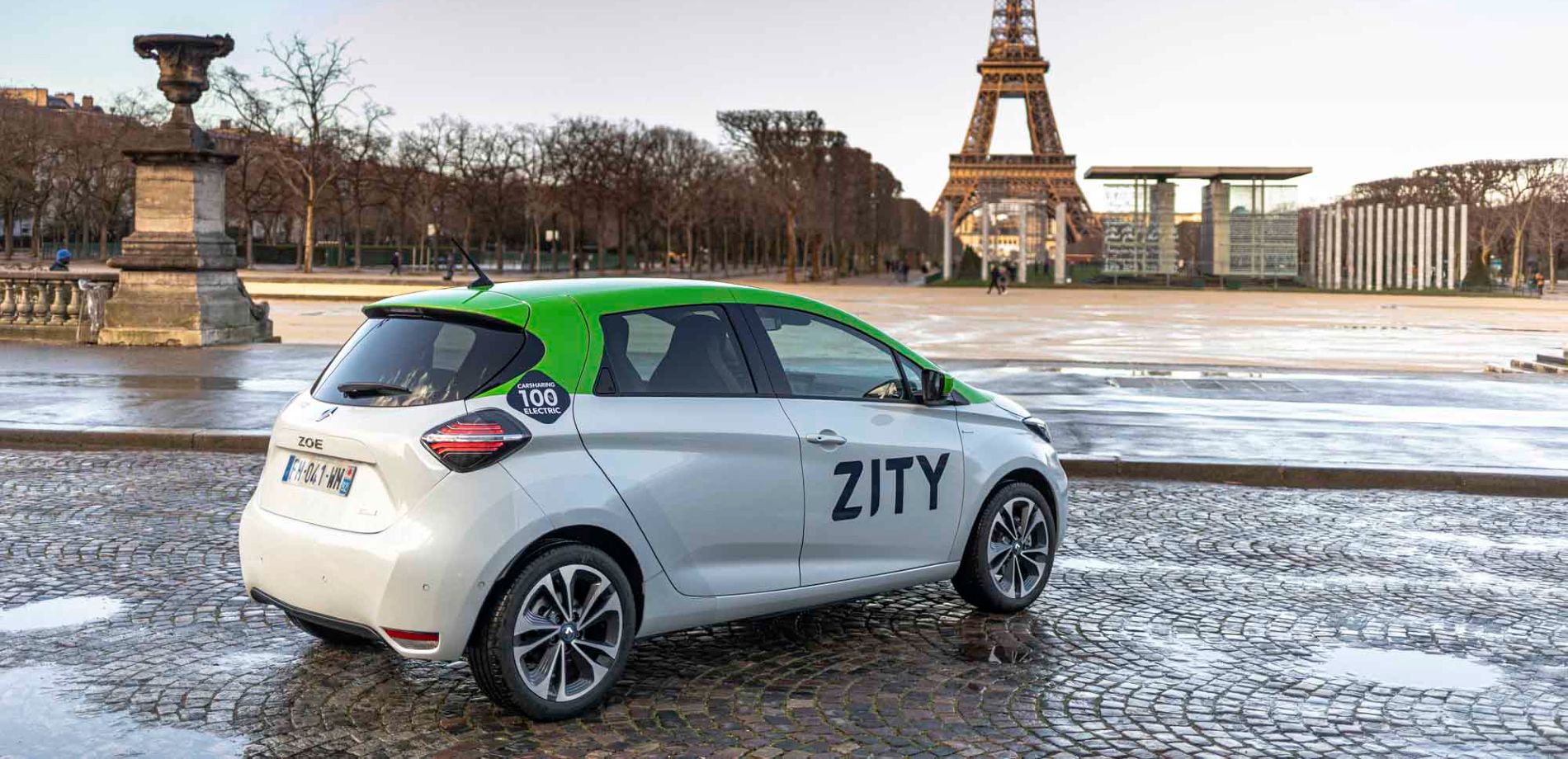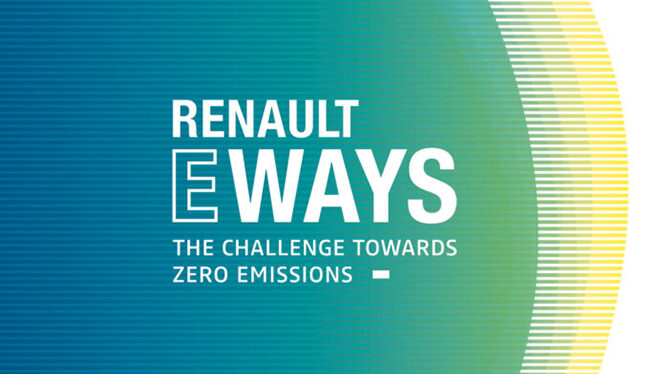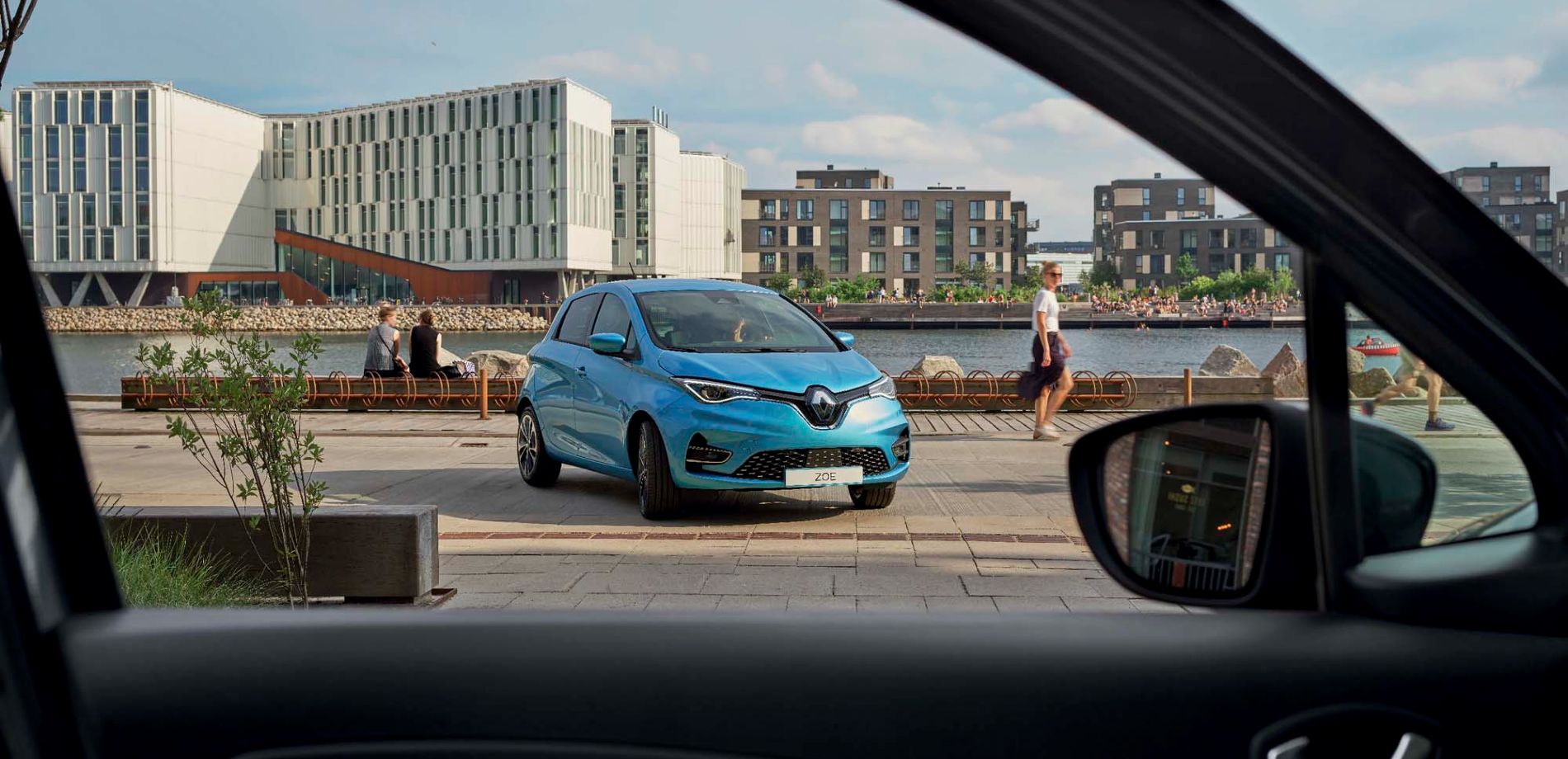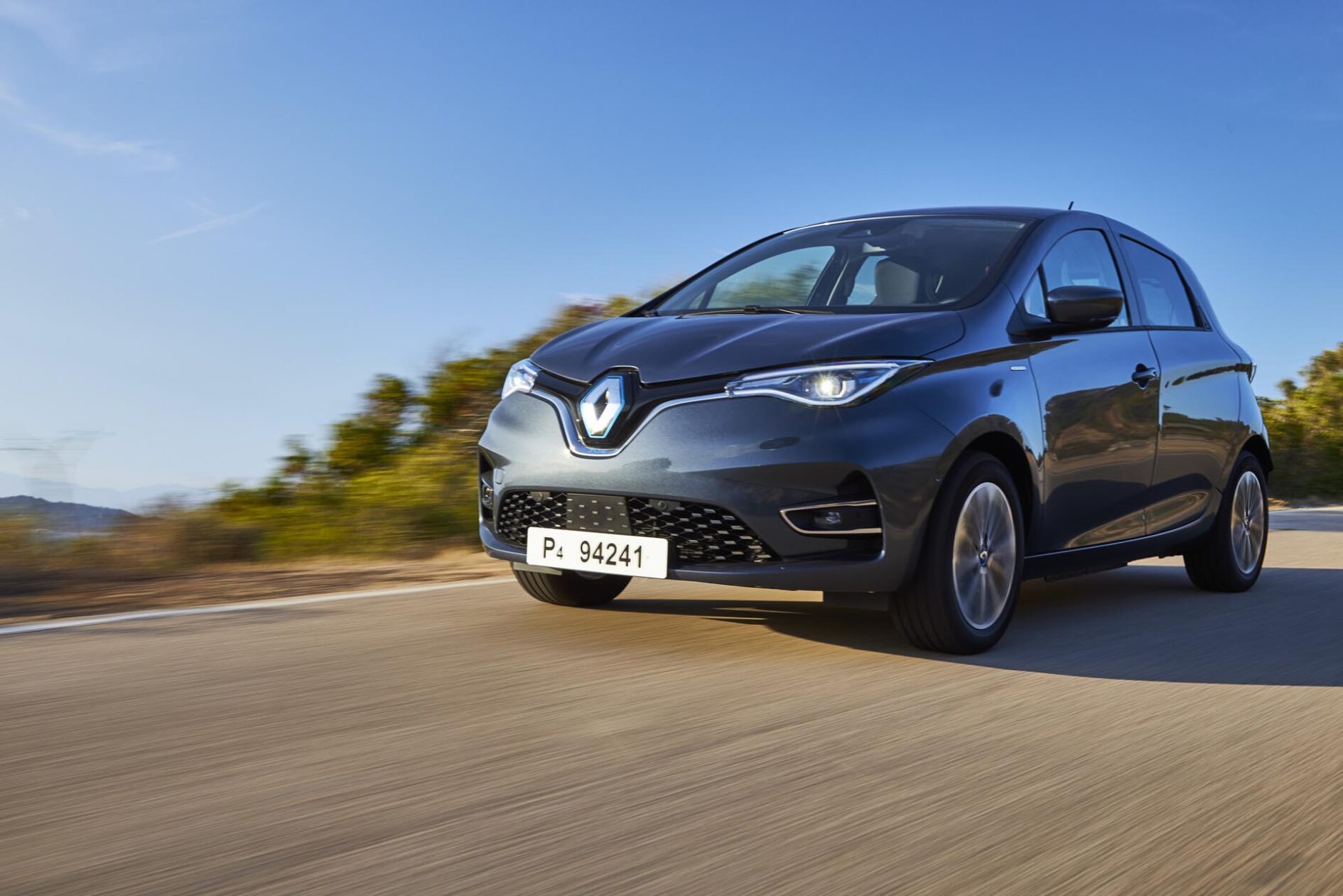

What is self-service car rental?
When it comes to cars, self-service is a car-sharing service where a person can reserve a vehicle at any time, often for a short trip, without going via a third party. This form of shared mobility allows users to benefit from a vehicle according to their needs, without paying the overall costs. Self-service is on the rise, especially in cities that are often well served by public transportation, where buying one’s own vehicle isn’t worth the trouble. In France, according to the French Agency for Ecological Transition (ADEME), a car accounts for an average of 10 to 12% of an annual household budget whereas people only drive it 5% of the time in town. In addition, 40% of daily car trips are shorter than 3 km.
There are several types of self-service rentals: as part of a round trip, direct route and free-floating. The first two feature a network of stations with spaces reserved for the vehicle. The vehicle must then be brought back to the same place (round trip) or to another station in the system (direct route). With free-floating carsharing, you can leave the vehicle wherever you want within a defined zone, and according to parking regulations of course.
These carsharing services, which are increasingly electric, are offered by local authorities, private companies and sometimes an alliance of the two, and even individuals.
How do you book a self-service vehicle?
There are different options depending on the provider: with or without subscription, via reservation (online or by telephone) or without reservation. In its most flexible form, self-service allows you to locate, book, unlock, perform the pick-up/drop-off verification and return your vehicle without any subscription, all via your smartphone. This is the case for Zity Paris in France.
Aside from any subscription costs, the user pays according to the rental time/mileage or on a fixed price basis (for example, per day). The rental price includes insurance, fuel, parking costs and maintenance.
The different types of self-service transportation
Besides cars, there are self-service bicycles, mopeds and scooters. While the means of transportation may differ, the general ideas of pricing and availability are the same. Free-floating is the norm for mopeds and scooters, and the use of mobile applications is widespread.
Self-service bicycles
What better way to encourage the use of bicycles as a means of transportation than to make them self-service? No more headaches trying to find a place for your bike at home, no more worries about theft or breakdown. Rewind to 1965 in Amsterdam with the Witte Fietsenplan (white bike plan), a movement launched by Provo, a protest group wanting to free the city from the burden of cars. But it was in Copenhagen where, in the mid-1990s, the first real offer of self-service bikes came to fruition with 1,000 bikes distributed across 120 stations. Other European countries followed suit: the United Kingdom, the Netherlands, France, Germany, etc. Today, around 20 European countries have adopted bike sharing on differing scales. Today there are also self-service electric bicycles.
At least 18 European countries offer bike-sharing services operated by JC Decaux and Clear Channel, two major players in urban advertising that have developed self-service bicycle systems (Cyclocity and SmartBike). More recently, Europe (and the rest of the world) have also become familiar with the bikes of Chinese giants Ofo and Mobike. Ridesharing giant Uber has also joined the race with its Jump electric bikes that can already be found in Paris, London, Berlin and Lisbon.
To encourage the establishment of this type of service in medium-sized cities and towns, there are now turnkey solutions such as Ecovelo which offers electric and classic bikes, with or without docking stations and without the need for infrastructural installations.
Self-service mopeds
As a means of transportation between the bicycle and the car, the self-service and almost-exclusively electric moped arrived in the mid-2010s. This mode of travel has proven to be very popular, especially in Spain, France and Germany. Madrid and Paris alone have 36% of the world’s fleet of self-service mopeds.
CityScoot electric mopeds are now available in Paris and Nice. There are an estimated 10,000 to 13,000 trips per day in the French capital. In 2018, Spain had just under 9,000 self-service scooters and France just under 5,000.
Self-service scooters
The latest to the game, self-service electric scooters have exploded onto the market. It all started in early 2018 in the United States with Bird and Lime. The spread to the rest of the world was very rapid, with Lime’s scooters arriving in Paris in June the same year, and Bird’s in August. Today Lime is present in nearly 150 cities around the world and Bird just under a hundred. These two firms largely dominate the market, but other players are following suit like Bolt, Wind and JUMP.
Available in free-floating format, i.e. without a designated docking station, the arrival of electric kick scooters has prompted cities to look into new traffic rules. France adopted a law in October to better regulate scooter traffic. The scooter has made its way into traffic laws, and it is now officially prohibited to use a scooter on sidewalks, and its speed has been limited to 25 km/h. Paris City Hall is also considering regulating the market by limiting the number of providers and scooters in circulation.
Which self-service car offers are available in Europe?
In 2018, the Berg Insight report “The Carsharing Telematics Market” listed 500 car-sharing providers around the world. There are numerous players: companies specializing in car sharing, but also car rental companies, car manufacturers and public transit operators. Managed on a city (or conurbation) scale, car-sharing services are often local. In bigger cities, there are often several providers offering their own services. In Madrid, regularly cited as the go-to model for carsharing, at least 5 operators share the market: Car2Go, Emove, Zity, Ubeeqo and Free2Move. Some operators like Car2Go and Ubeeqo are also present in several countries. As for vehicles, ZOEs are widely acclaimed by electric carsharing services. You can find them in Utrecht and Amsterdam in the Netherlands, as well as in Paris, Bologna, Madrid and Copenhagen.
Focus on self-service in France

Since the launch of Autolib’ in Paris in 2011, several cities have also decided to provide car-sharing services, such as Bordeaux, Nantes, Lyon, Lille, Marseille and Strasbourg. In Paris, the electric car-sharing service Moov’in.Paris was the first to return after the withdrawal of Autolib’. It was followed by Car2Go and Free2Move and now Zity. According to the Ministry for the Ecological and Inclusive Transition, in 2017, 5% of French people used carsharing, a figure that reached 11% in the greater Paris region and 20% in Paris proper.
With the proliferation of self-service offers, it will be interesting to see how applications will further develop to promote intermodality and make shared (and electric) mobility the primary mobility model in cities.
Copyrights : scharfsinn86, whitemay, Oleg Elkov, LEMAL Jean-Brice, PLANIMONTEUR





